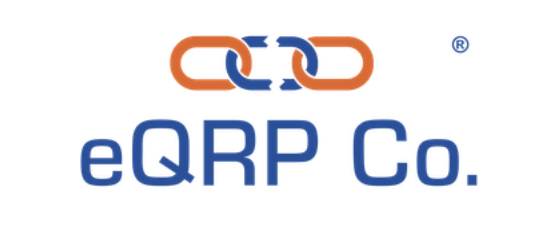What is LTV
Loan To Value (LTV) is the percentage of the property asset’s value that the lender is willing to loan. Banks offer LTV terms based on the risk of default. By not offering 100% financing, lenders want to ensure that the buyer has equity in the investment, which gives the lender more confidence that the loan will not default. Whereas in the residential space with a primary residence, lenders typically offer higher loan to values (lower down payment for homeowners), it is different in the commercial space where banks consider to be greater risk for lending.
Multi-Family LTV
LTV in commercial real estate is usually 75%-80%, which means buyers of multi-family assets should expect to make a down payment of 20%-25% in order to secure the loan financing. Because the cost of debt is lower than the cost of equity, debt is the favorable form of financing. Especially in multi-family real estate, where one of the key benefits is leveraged returns, higher LTV’s are desirable.
Warning on Leverage
An important word of caution, however, is that the greater leverage (lower LTV), the more risk there is in the deal: default risk to both the investor and lender. The greater the debt to the value of the asset, the lower the cash flow and the higher the hurdle for debt coverage, which means net operating income must be even higher to ensure that it adequately covers the debt service. For any investor, especially sponsors, the first goal of managing money is protecting capital. Higher leverage means greater risk to the investors, so it is important to conservatively underwrite income and expenses, execute thorough due diligence, keep cash reserves and buy at the right price.
💡Invest Your Retirement w/ eQRP
– How To Use Your 401k To Invest In Real Estate


